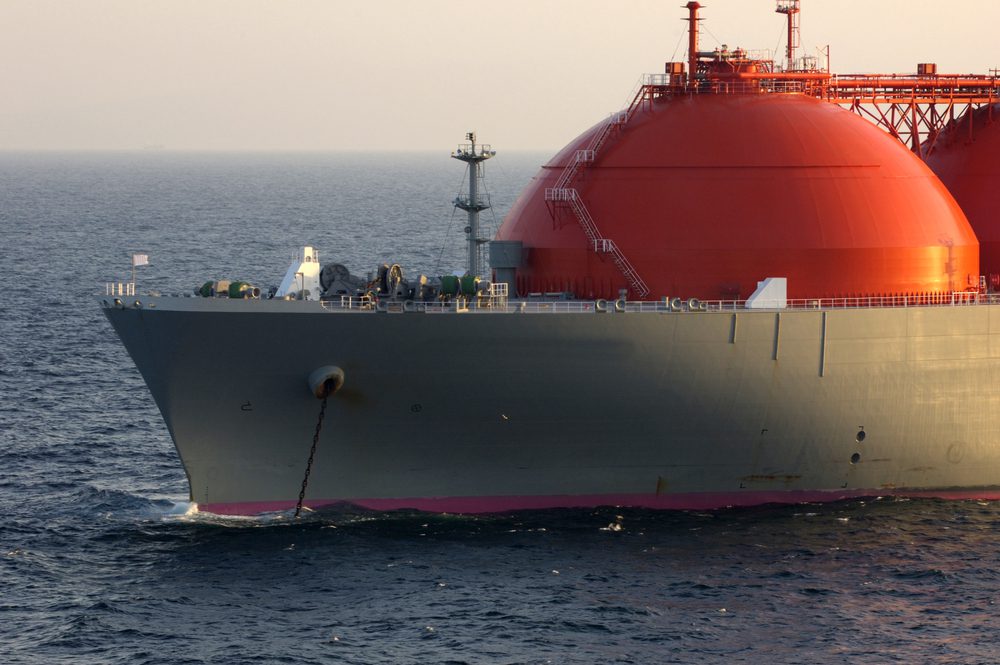Geopolitics, High Bids, and U.S. Pressure Cloud COSCO’s Global Port Ambitions
COSCO Shipping Ports is facing "challenges" with its international investments amid pressures from the U.S. trade war, its managing director said in Hong Kong on Thursday.

Photo: Oleksandr Kalinichenko / Shutterstock
![]() March 12 (Reuters) – Only one liquefied natural gas (LNG) vessel that left the United States in 2019 went to China, Reuters shipping data show, as the eight-month trade war between the two nations starts to cool.
March 12 (Reuters) – Only one liquefied natural gas (LNG) vessel that left the United States in 2019 went to China, Reuters shipping data show, as the eight-month trade war between the two nations starts to cool.
The governments of the world’s two largest economies have been locked in a tariff battle as Washington presses Beijing to address longstanding concerns over Chinese practices around technology transfers, market access and intellectual property rights.
The countries are working to achieve a trade deal that matches their interests, including eliminating tit-for-tat tariffs.
The only vessel to head to China from the United States this year was the Adam LNG, which left Cheniere Energy Inc’s Sabine Pass export terminal in Louisiana on Jan. 30, according to the shipping data.
For a graphic on U.S. LNG shipments to China, see here.
The data shows a handful of LNG vessels from the United States in the Pacific Ocean, some of which could end up in China.
In 2018, 27 LNG vessels went from the United States to China, down from 30 in 2017. Most of those, however, left U.S. ports before the trade war started in mid-2018, with 18 tankers going to China in the first half of the year and just nine during the second half.
The United States and China started imposing tariffs on each other’s goods in July. As the dispute heated up, China added LNG to its list of proposed tariffs in August and imposed a 10-percent tariff on LNG in September.
The United States is the world’s fastest-growing exporter of LNG, while China is the fastest-growing importer of the fuel as the government weans the country off coal to reduce pollution.
In 2017, China imported about $447 million, or about 15 percent, of the LNG shipped from the United States, making it the third biggest buyer of the U.S. fuel.
Prior to the slowdown, China was on track to import 141.6 billion cubic feet (bcf) of U.S. LNG in 2018, up from 103.4 bcf in 2017 and 17.2 bcf in 2016. It imported no U.S. LNG in 2015.
In total, however, China bought just 93.9 bcf of U.S. LNG in 2018, worth about $426 million.
One billion cubic feet of gas is enough to fuel about 5 million U.S. homes for a day.
(Reporting by Scott DiSavino; Editing by Richard Chang)
(c) Copyright Thomson Reuters 2019.

Sign up for gCaptain’s newsletter and never miss an update

Subscribe to gCaptain Daily and stay informed with the latest global maritime and offshore news


Stay informed with the latest maritime and offshore news, delivered daily straight to your inbox
Essential news coupled with the finest maritime content sourced from across the globe.
Sign Up